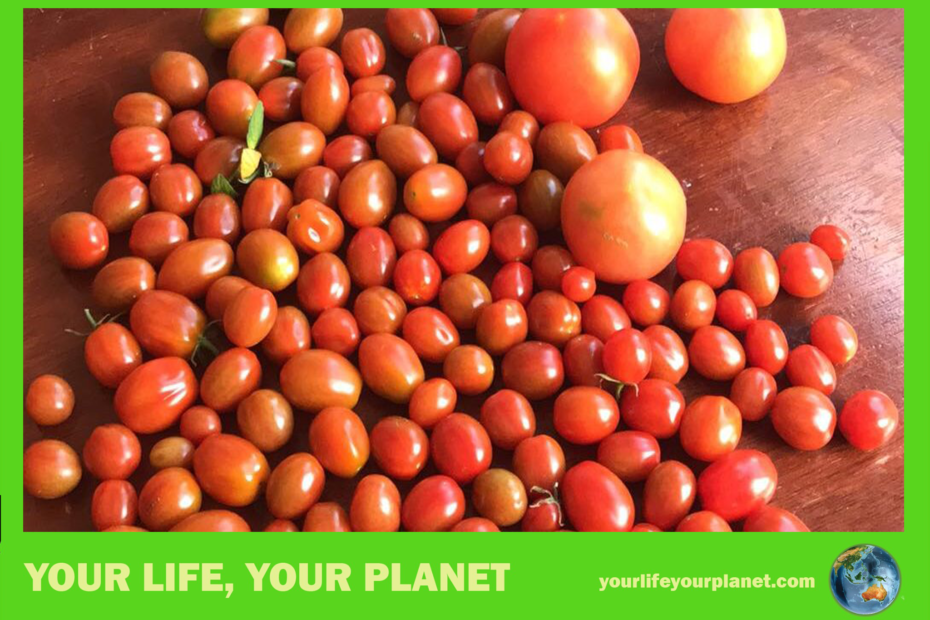Avoid disappointment – harvest your crop before the pests get it. (Listen to the podcast)
Summer is harvest time and lots of gardeners celebrate their harvest on social media. What we don’t see is the failures: the cucumbers eaten by rats, the tomatoes that split in the rain, the pumpkins that rotted where they touched the ground.
There is lots of advice about planting and growing food, but not so much about the process of getting it off the plant.
Keep watch
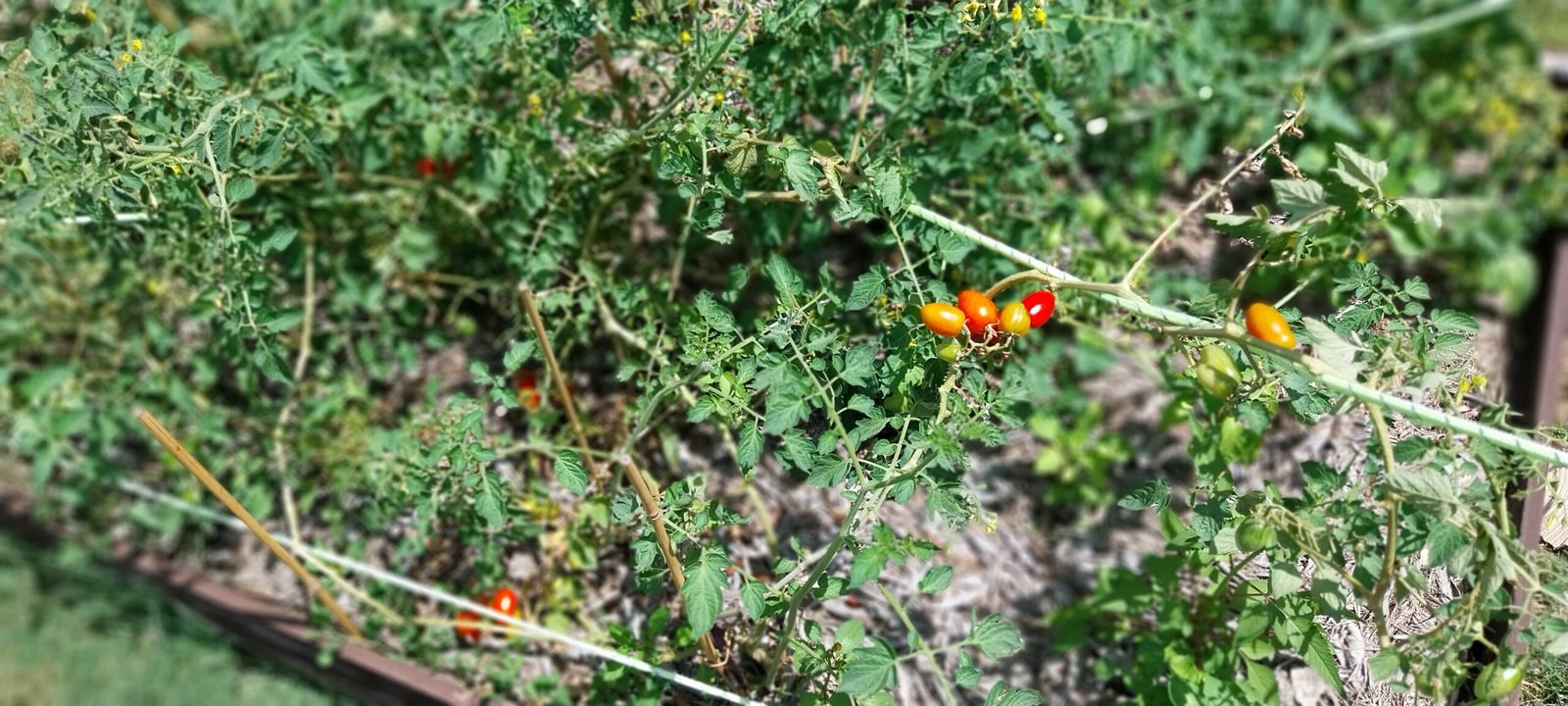
The simplest rule to remember is to keep a close eye on your plants. Watch the progress of the food you are growing so that you get it before birds, possums or bugs. If you can’t walk around the garden every day, try every second day. However often you do it, make a note when things are likely to be ready to pick and make sure you can get into the garden on that day.
Pick early – pick often
The second rule is don’t wait too long. Sure it tastes spectacular if you can pick it an pop it into your mouth, but to have that privilege you have to keep every other living thing that wants to get its jaws on your perfect zuccinni, away from your perfect zuccinni. You can do that by growing things in a green house, or a shade house, but most of us are using the great outdoors and so we have to pick our fruit before it’s ready to eat, to beat the rush.
Wait until it is full sized: it cannot keep growing after you take if off the plant. Usually there will be same change in the colour. While it is the same green as the rest of the plant it is still growing. There is usually some sign that it is close to ripening. With some plants it is better to protect the developing fruit than to pick them early.

With leafy crops like the basil shown here, pick them as soon as they start to flower. All the energy of these basil plants from now until they seed is going into the flower. Pick them now while the leaves are plump, fresh and juicy.
Protect your crop
The third rule is invent ways to protect your food. We talked a couple of weeks ago about placing bags over mature flowers to collect seeds, banana growers do a similar thing to keep the pests of the bananas as they ripen. The pictures below show a bunch of bananas before and after being bagged. You can also see a netted garden that protect fruit from birds and large animals like possums.
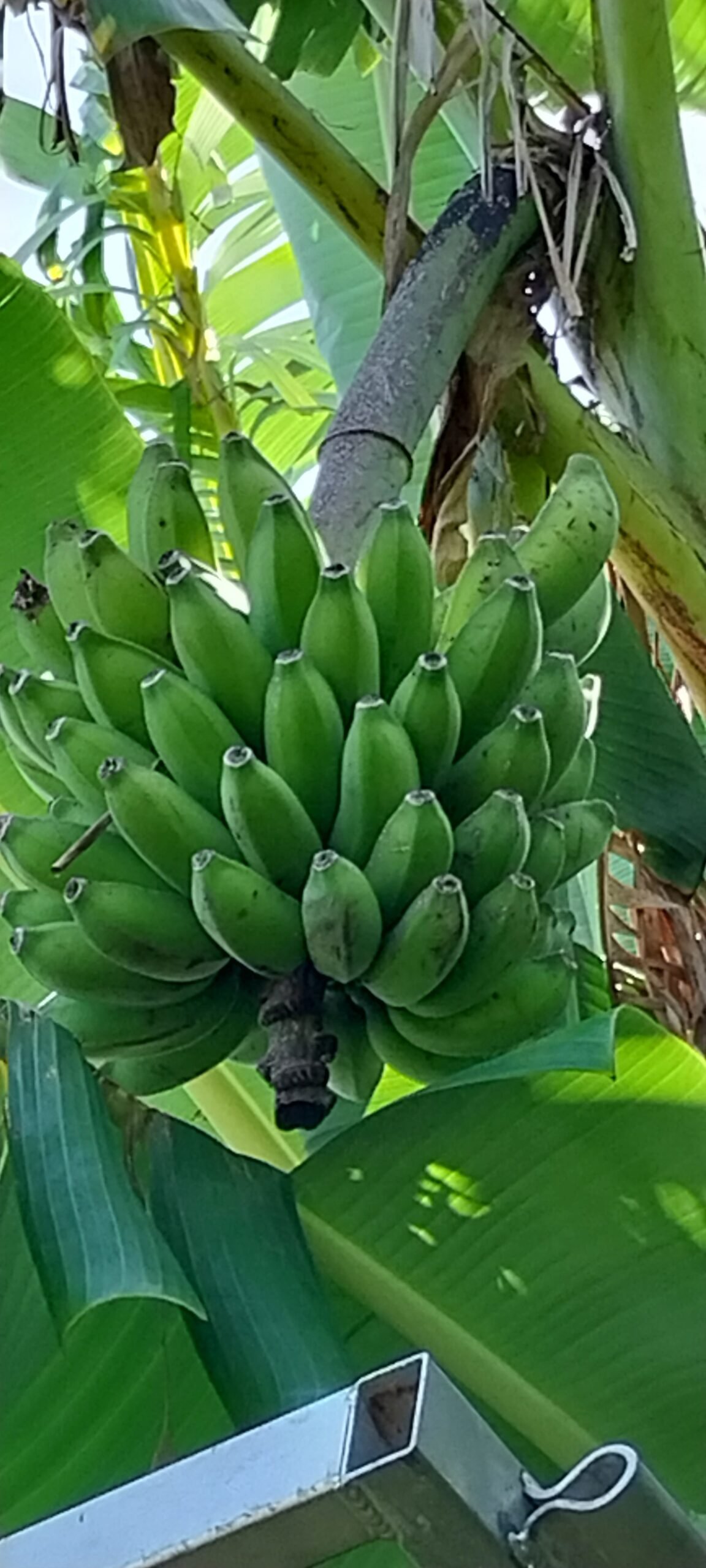
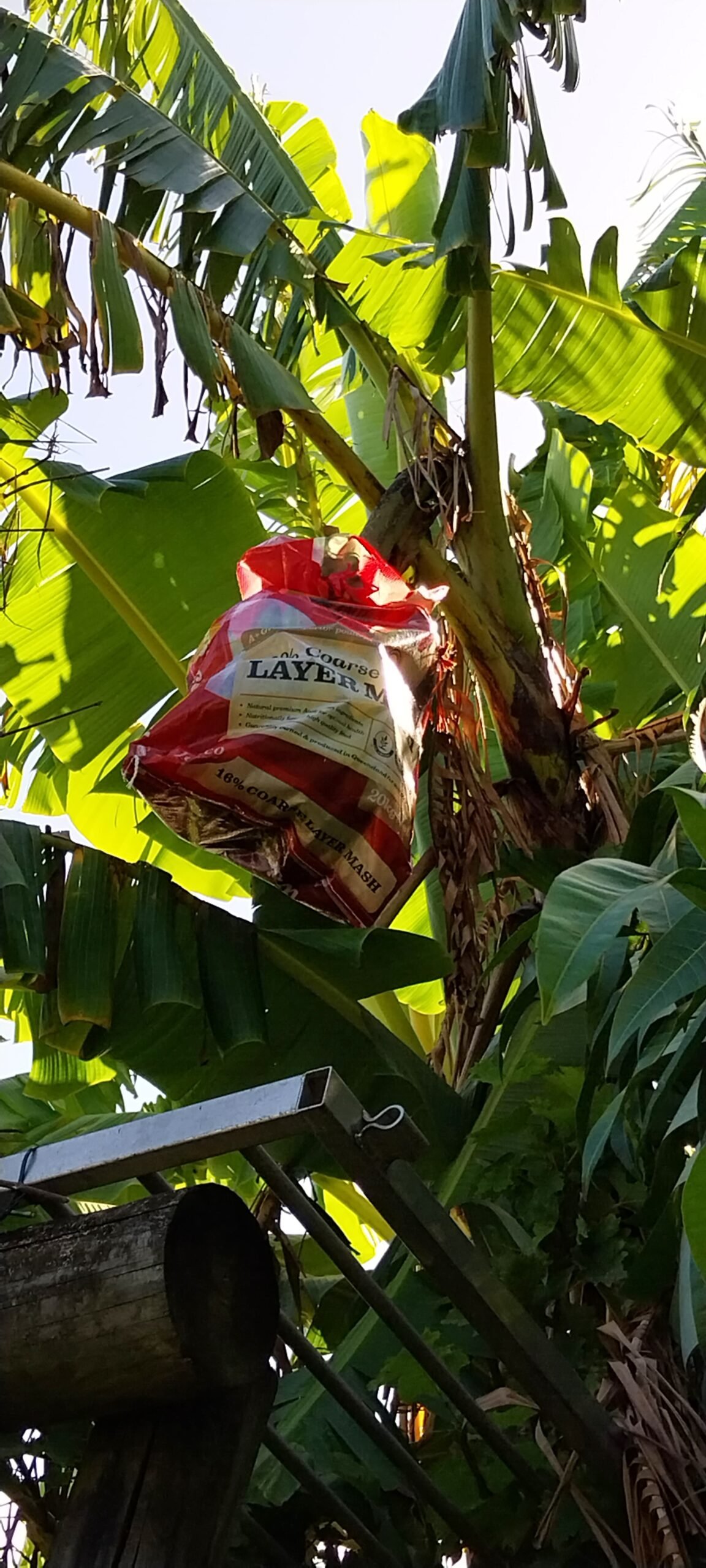
Conserve your plant’s energy
The fourth rule is to help your plant to focus on its fruit. The better you understand your plants the more things that you can do to maximise your harvest. As well as bagging bananas, you can cut the flower off once your bunch of bananas is established. The second set of pictures show a banana flower with the fruit forming as the flower matures. In the second picture you can see that the flower is still growing, without producing any bananas. It’s time to cut that flower off. It is taking energy from the plant. You would prefer that energy to go into your fruit. I generally leave the bananas to develop for about one month after cutting off the flower before bagging them.

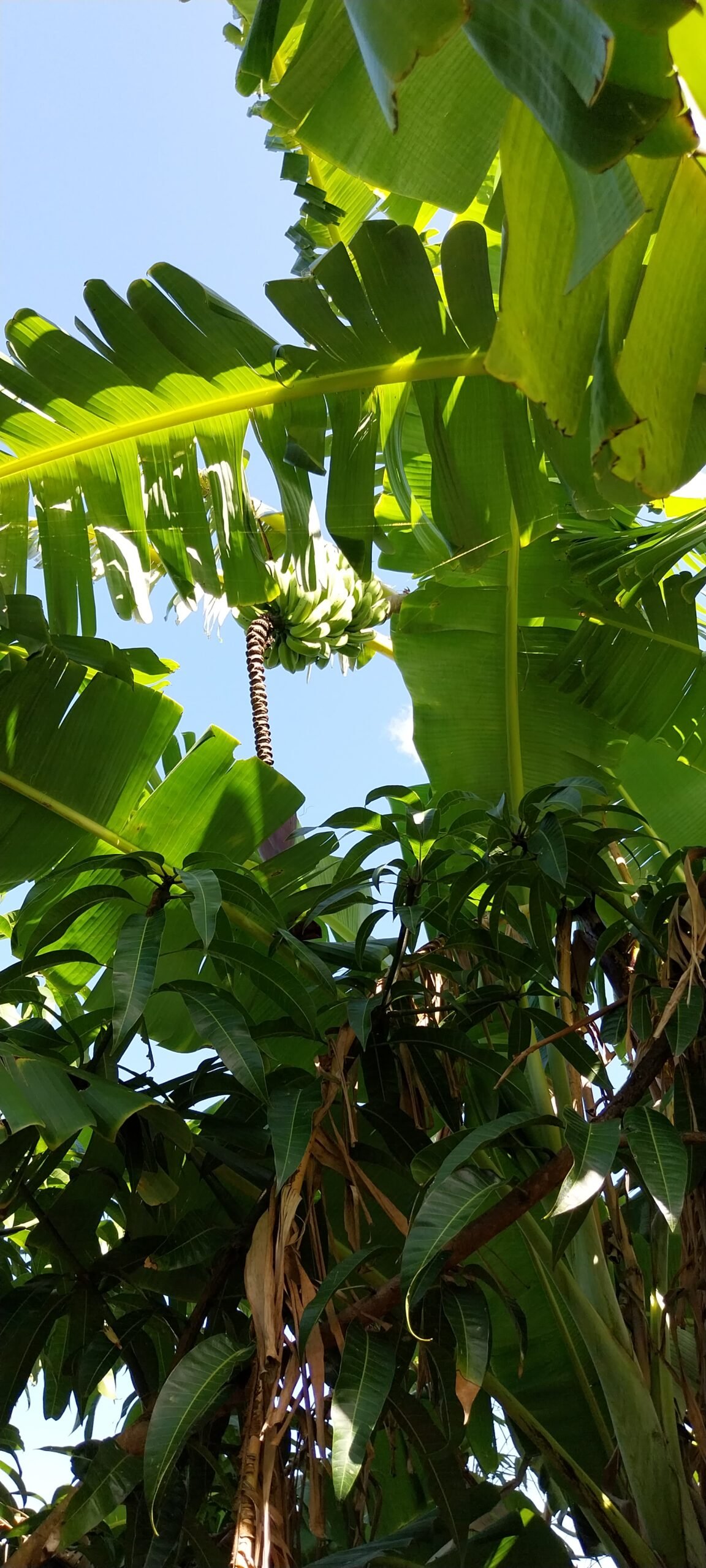
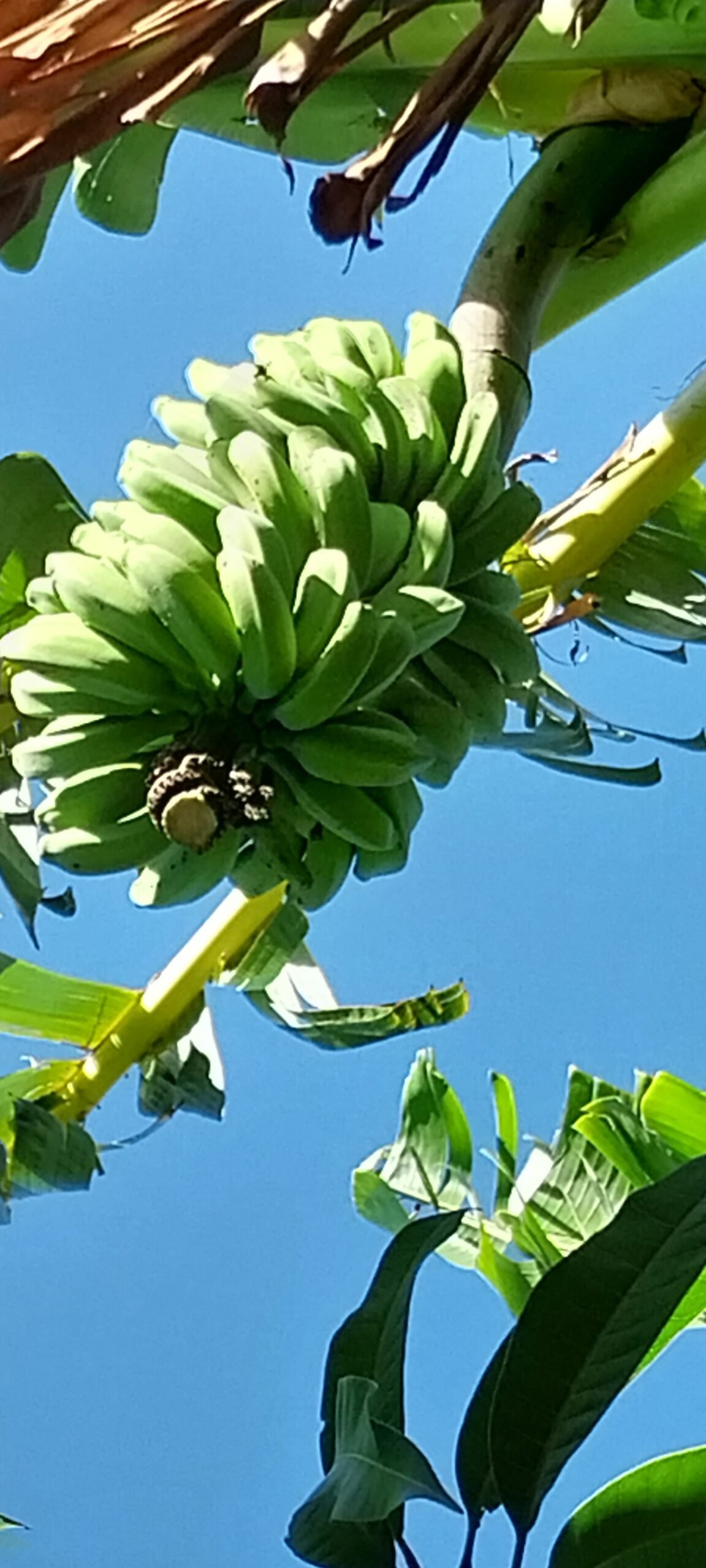
When a plant has more fruit than it is going to be able to comfortably develop to maturity, you can pick some of the green fruit and pickle it. Green tomatoes, mangoes and paw paw are all delicious in pickles or as ingredients in savoury dishes. That will ensure that the fruit you leave behind are larger, luscious and delicious.

… but wait. There’s more
So pick often and pick early and protect your food from pests. By keeping an eye on your plants you can support each plant to be its best self and so get the best fruit.
One more thing before I go though.
Don’t leave old, rotten fruit on your plant. It consumes resources from your plant until it falls onto the ground. Don’t leave it there, either. It attracts fruit flies and other pests that will attack your growing fruit. I mix it into the compost, where there is an entire ecosystem of microorganisms and creatures eating the fruit and each other and your failures can contribute to future success.
